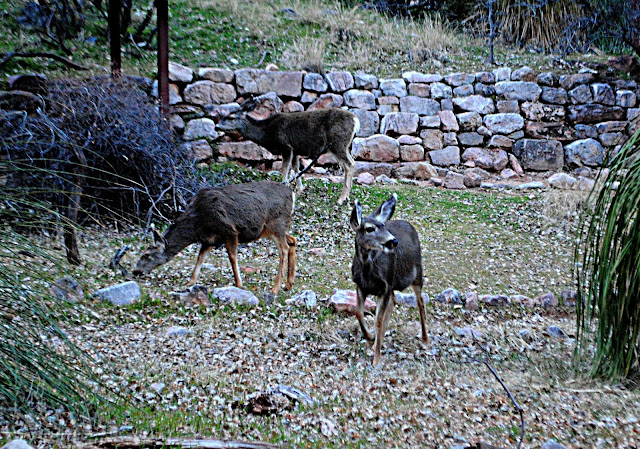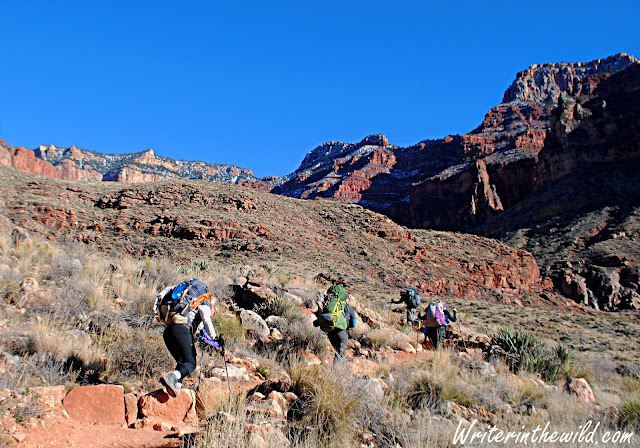 |
| Buck Selkirk |
The Dirt:
Buck Selkirk Knife
What is it? Fixed blade Survival/Bushcraft knife
Comes with: Sheath and ferrocerium rod with attached whistle
Size: Blade length 4.625". Overall length 9.5". Thickness 0.135"
Weight: 7.6 oz.
Materials: 420 HC Stainless Steel. Micarta handle.
The Selkirk is a mid-duty fixed-blade survival knife named after one of my favorite places in the world, the Selkirk mountains of the Idaho panhandle. Not coincidentally, north Idaho is also home to the famous Buck Knife factory, where most of Buck's beloved knives are made. The Selkirk is not one of those knives. In fact, the name "China" is stamped on the blade. Some people won't consider the Selkirk for this reason alone. Despite its country of origin, the Selkirk is a solid knife that should warrant consideration when shopping for a bushcraft style knife under fifty dollars.
The knife's weight is the first thing I noticed. Previously I was almost exclusively using a Mora Companion. The Selkirk is heavy, and not particularly well balanced, owing to the steel-filled handle. The hammer on the pommel takes some of the blame for all that weight. It looks cool, but I found it not as practical for hammering as say a rock or heavy bit of wood. Though it certainly adds to the overall robust nature of the knife.
 |
| Hammer time. |
Speaking of the handle, the textured Micarta has a nice wood-grain look, but feels a little too slick for my liking. Despite this, the grip is mostly comfortable. I say "mostly" because although the shape is fine, the spine isn't quite flush with the micarta. The result is an uncomfortable contact of skin and steel when I'm using certain grips or performing certain tasks. You can see in the photo below (and above) that the spine is raised just slightly above the micarta along the handle. It doesn't affect how I handle the knife. It's simply an annoyance. Call it nitpicking, but to me it shows a lack of attention to detail on the part of the manufacturer.
 |
| Spine not flush. |
Enough about the handle. Let's talk about the blade. That's where this knife really shines. Out of the box the Selkirk was shaving sharp. The edge retention is great and so is the ease of sharpening. In fact, the Selkirk is one of the easiest knives I have ever sharpened. It doesn't take much with a fine stone to hone the blade back to bad-assery. Credit the flat grind and 420 high carbon stainless steel. A lot of people knock Buck for using 420, but I have been continually impressed by the razor's edge of this knife. That said, I did roll the edge near the tip several months ago. I'm not sure what I was doing when it happened because I didn't notice it until I was cleaning my knife at the end of the day.
 |
| Feather stick |
 |
| Deformed |
Let's not forget that the Selkirk is billed as a bushcraft knife. As far as carving, chopping, batoning and food prep, the knife performs exceptionally. The problem comes with the fire starting capabilities. The accompanied ferro rod is small, but it has to be. The rod is designed to be used in the choil of the knife, rather than the spine. To me, this is a total design flaw. For starters, the space to work with is tiny. Worse, you have to work your hand under the business end of the blade, which just increases the likelihood of an accident. Finally, if you prefer a larger rod, chances are it won't fit the tight opening of the choil. Now, the spine of the knife is not 90 degrees, but the angle is such that you can produce a small amount of sparks. Of course, you could always grind it flat on your own, but why Buck wouldn't do that in the first place is just silly.
 |
| Ferro rod is designed to go through the choil. |
Finally the sheath. On other sites I've seen people knock the injection-molded sheath, but I think it's one of the stronger features of the Selkirk. It looks good, can be configured for a variety of carries, and holds both the knife and the ferro rod securely. Plus, like the knife itself, it can really take a beating.
Overall, the Selkirk is worth considering for casual knife users, or buyers on a budget, especially if you're willing to modify the spine. Although rough around the edges, the blade is excellent, and you can count on the durability. Design flaws and sloppy manufacturing may deter some. If money isn't a concern, look elsewhere.





















































